Graham Reid | | 2 min read
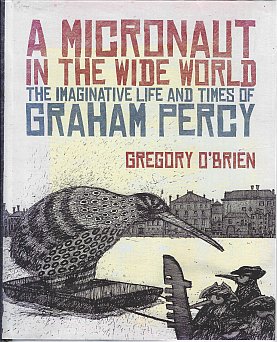
Perhaps because he is a poet and
curator, Gregory O'Brien here approaches the life of the New
Zealand-born artist Graham Percy with an eye for subtle (and
sometimes strong) artistic connections more than strict chronology.
And this is a fitting approach to an
artist whose work slipped easily between many styles and practices,
from typography and moody ink drawings, to bright pencil and
watercolour illustrations for children's books and the School
Journal, and included book design, his most well known being the
cover of Bruce Mason's End of the Golden Weather and The
Pohutukawa Tree before he left
for England in 1964.
Later in life Percy created a whimsical,
unfinished series of “imagined histories” in the manner of Nic
Cohn and Guy Peellaert's Rock Dreams
and 20th Century Dreams
(Stevie Wonder as blind beggar in the former, the Queen lighting Idi
Amin's cigarette in the latter).
In Percy's finely
detailed drawings a Comedia dell'Arte troupe tries to separate
warring motorcycle gangs, Sigmund Freud advises Joseph Dargaville to
buy land in New Zealand, and a young Mozart builds a metal fox to
scare away rabbits at a farm in Crear, Scotland, a place where Percy
and his photographer wife Mari Mahr spent time.
O'Brien astutely
reads into these amusing but sometimes troubled works, and over the
arc of the book his chapters become like separate but interlocking
essays which peel away layers of Percy's art and personality.
O'Brien enjoyed a
friendship with Percy and Mahr in the past decade and after Percy's
death in '08, age 69, he lived in their house off and on for thee
months. The house – with its art, tin toys, odd bottles and orderly
shelves – is a character here as O'Brien explores the bookcases and
Percy's notebooks to bring a sensibility about the artist to life.
And
quite a life it was. In London he was commissioned for illustrations
in magazines and The Times,
for book covers, billboards for British Rail and P&O Lines,
stamps for the Royal Mail . . . There were also his beautiful
watercolours for an edition of Wind in the Willows,
his animated drawings for the Hungarian film Hugo the Hippo
(its cult status was ensured when it screened on Britain television
at the same time as the wedding of Charles and Diana) and
illustrations for The Adventures of Sam the Pig
books.
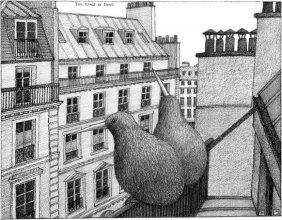 All these are
represented in these beautifully illustrated pages – by its often
circuitous text some page-turning is required to locate relevant
works however.
All these are
represented in these beautifully illustrated pages – by its often
circuitous text some page-turning is required to locate relevant
works however.
But it is in Percy's private notebooks where he often
explored ideas and places of his childhood (Stratford, Auckland) and,
in the last five years of his life, his love of the quirky Kiwi
(which pops up in Venice, Spain, at Stonehenge and Paris, and appears
as the German artist/theorist Joseph Beuys lecturing on “Kiwi
Kultur”) where O'Brien digs deeper into the psyche of the artist,
who was red-green colour blind and needed to have the names of
colours on his pencils.
There are
remarkably few photos of Percy in this lovingly presented book –
one is beneath the dust cover – but from every page, in every
image, his personality comes through as O'Brien takes a poetic,
curatorial look through his busy and imaginative life.

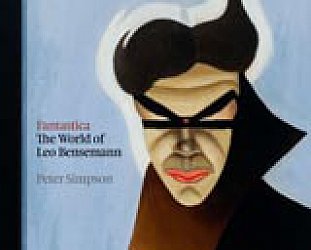
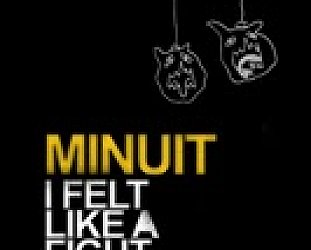
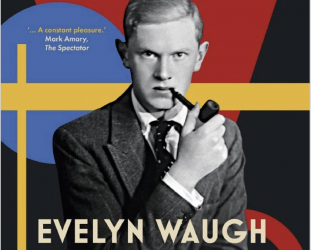



post a comment